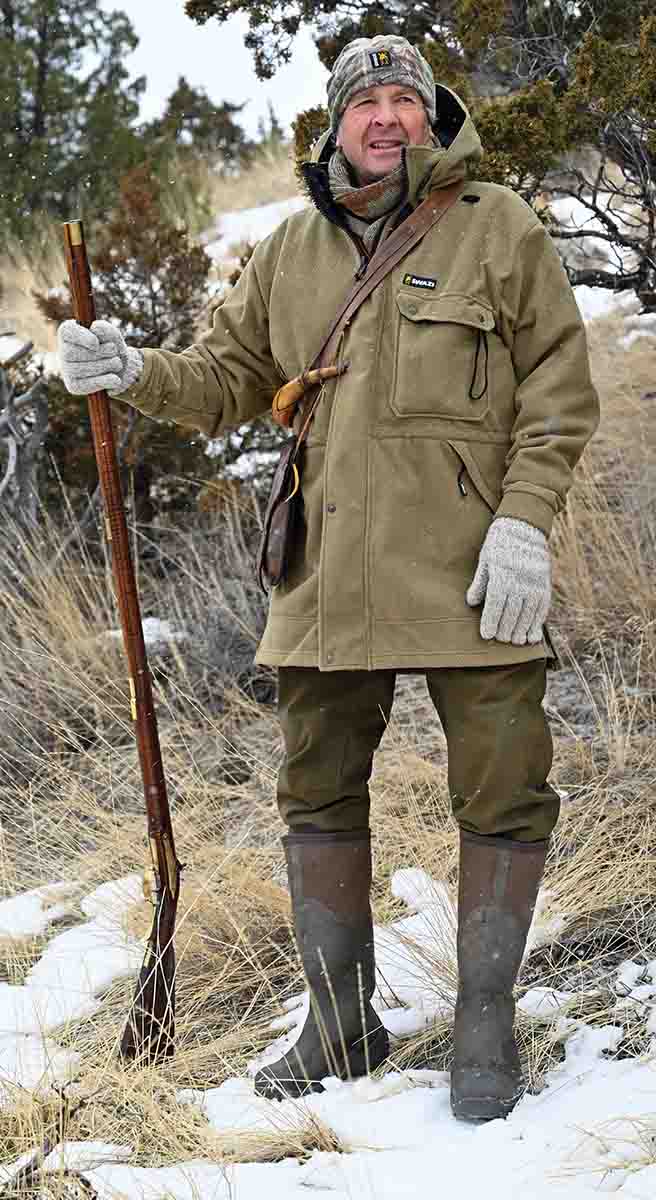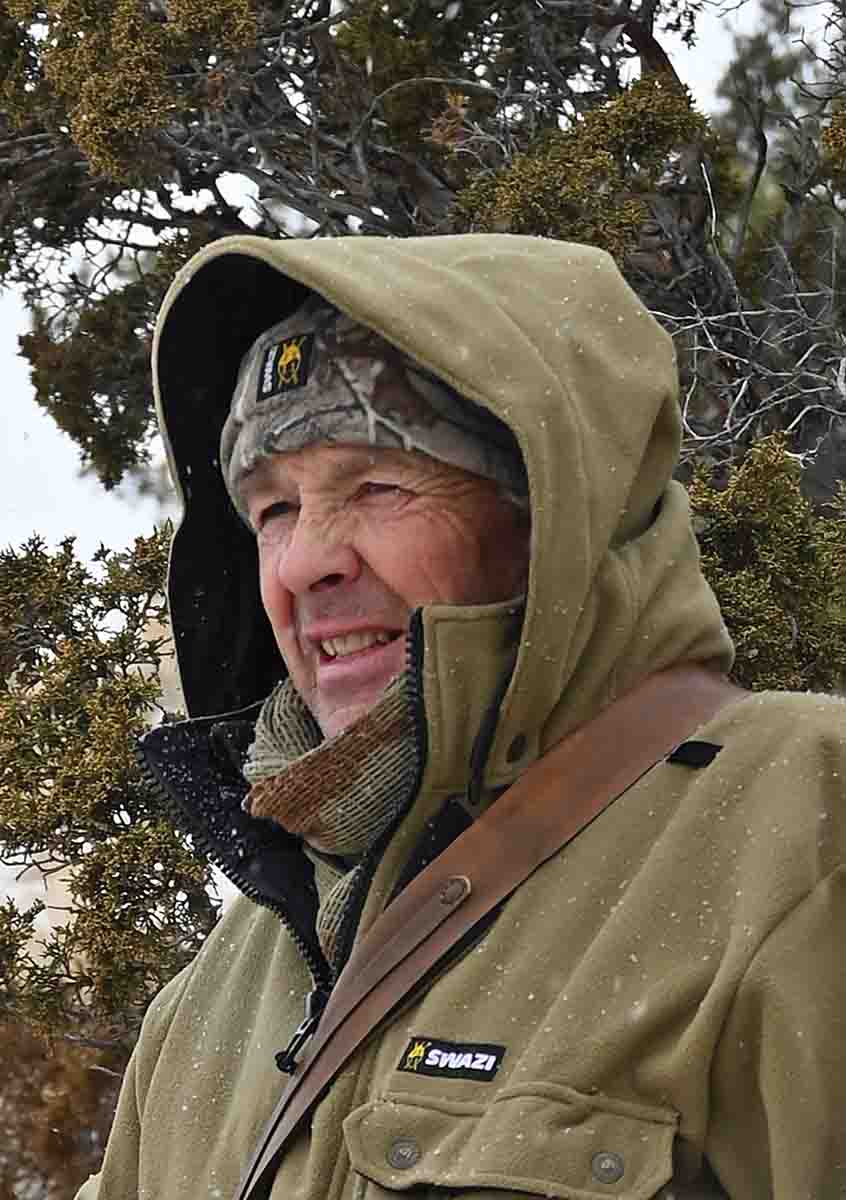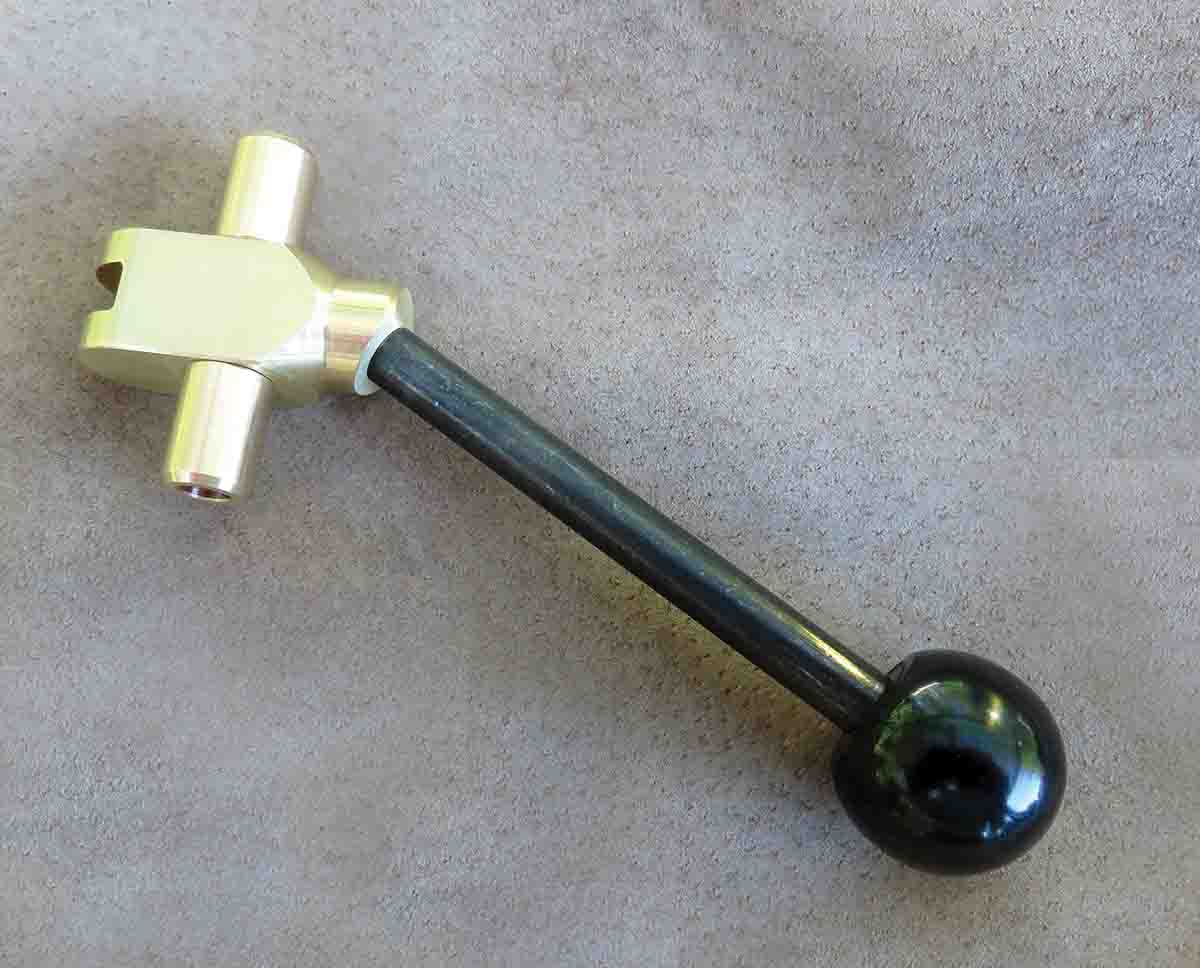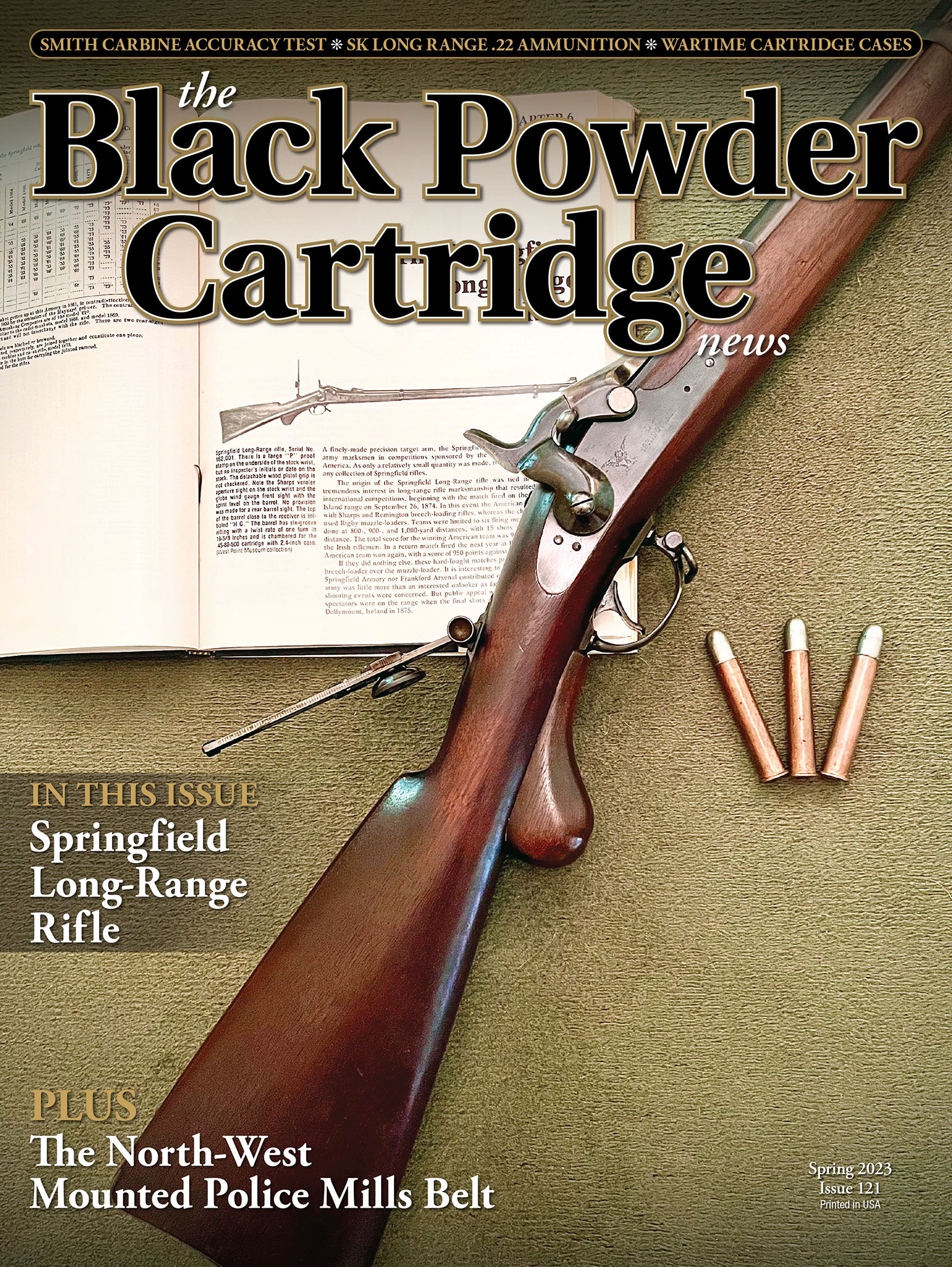Product Reviews
Swazi’s Windriver Outdoor Jacket / Scope Model Chambering Cam
column By: Steve Garbe / Mike Nesbitt | March, 23

Swazi’s Windriver Outdoor Jacket
There is a lot of truth in the old saying, “There’s no bad weather, just bad clothes.” If you have spent any time at all outdoors, you surely know that nothing is more miserable than being cold and wet. Plus, being miserable can quickly turn to deadly if the weather takes a serious turn for the worse. Good outdoor clothing is probably the cheapest and best insurance one can buy when engaged in any serious outdoor pursuit.
The Swazi clothing company of New Zealand was founded by David Hughes who has been an outdoorsman his entire life, wandering not just New Zealand, but many far-flung parts of the world as well. An avid hunter, Davey (as he’s known by his friends) knows firsthand what it takes in the way of clothing to keep one warm and dry. Being the “field-tester” for Swazi, he is also quick to change clothing design to make it more efficient and get the job done. Swazi clothing is well-known for being the best a serious outdoorsman can buy, utilizing many new materials that contribute to high performance.
We recently purchased one of Swazi’s “Windriver” jackets, as here in Montana, keeping the cold wind out is always a factor in staying warm. The Windriver features the amazingly effective Aegis© fabric which totally excludes wind draft, but at the same time, allows the coat to breathe.
I’ve used Swazi’s “Windriver” coat for the latter part of hunting season here in Montana, which has been very windy and cold. I have to admit to a certain amount of skepticism when it came to the “windproof” claims, but they are absolutely true. The lack of windchill coming through the Windriver was very noticeable, and the coat itself was very quiet in the brush and it was not bulky. The Windriver also vented perspiration away, which really helped keep me warm and dry. This has always been a problem for hunters as one works up a sweat climbing to the high ridges and then sitting still for long hours watching for game. Getting sweaty and then chilled is a great way to invite “hypothermia” to the party.
Swazi has designed the Windriver with large glove pockets (secured with zippers) as well as a binocular-fitting chest pocket; it’s easy to see that a hunter had input into this design. The hood is big enough to really shield the face from a cold wind and has a wired peak for added protection. Speaking of the hood, did I mention that any coat without a hood is worthless?

The front is secured by a heavy-duty YKK two-way zipper that is easy to handle with gloved hands and also has a storm flap as well. The Windriver has a substantial collar, which works with the hood to really give versatility for varying conditions. I purchased my coat in the color “Tussock” and it easily blends into the Montana landscape. With all these features going for it, the Windriver has become my favorite outer-layer hunting garment.
If you are in the market for a serious all-weather coat, the Windriver is one you won’t be disappointed in. Available in Tussock, Olive and Black, the retail price is $205 (U.S.) plus shipping. As Swazi is located in Levin, New Zealand, it’s best to visit their website at swazi.co.nz. When logging in, a sign will redirect you to Swazi USA, as the prices are listed in U.S. dollars. If you would like to call to place an order, call 011-64-6- 368-4822, or fax: 011-64-6-367-9246, or contact Ashley at service@swazi.co.nz. Don’t let the location deter you, the good folks there had my coat delivered to me in 10 days and the shipping is very reasonable. While you are on their website, take a look at the other great clothing and outdoor items they carry, all of which have been “bush-tested” by Davey himself.

Scope Model Chambering Cam
Back in the Black Powder Cartridge News (Summer 2022) Issue No. 118, my review of the new chambering cam from Double E Engineering told readers about that fancy tool, how if differs from other chambering cams and that a version for scoped rifles was in the works. Now, the scope versions are available and I’ve been using one in a Sharps 1874 .45-90, which is equipped with a long Montana Vintage Arms scope.
We might think that the only difference between the scope version and the “straight” cam is that the cam intended for use with scoped rifles has a bent handle, which allows it to be used beside the scope. Actually, there are more differences than that.
When the scoped rifle is an 1874 Sharps, the chambering tool must be used with the handle extending to the left side of the scope. The reason for that is because the rifle’s hammer is on the right side, completely in the way. If you recall from my first review, the straight version could be used either to cam the cartridge into the rifle chamber by pulling up on the handle or pushing down. With this scope version, the cam can only be used one way because turning it over would put the handle extending to the right. When using this one, the cartridge is cammed into the chamber while pushing down on the handle. I find that I prefer that.
.jpg)
Eric Egasse, of Double E Engineering, told me that: “The scope versions are a bit more “finicky” to get in the action and under the scope but I have sold three of these and they all seem to work for the guys who bought them. I did make a couple of changes to the overall design for both 1874 and 1885 versions. The body was lengthened a bit and the body material is now silicone manganese bronze. The little bearings for the rollers are now made from manganese bronze - tougher than the 485 naval brass, which was used at first. Instead of the shoulder screw through the rollers, I use a 4140-steel dowel pin. I ream the hole through the body and bearings for a nice slip fit and then use Loctite 271 (red) thread locker to hold the bearings on the dowel pin shaft – they will never come off unless you heat them up to about 400 degrees. That red thread locker holds really well.”
While using the scope version, with my scoped rifle (because the scope version of the cam certainly works very well with a non-scoped rifle) I did not encounter any “finickiness” with the tool. It slipped right in under the scope and did its job. I will comment that the Sharps rifle’s hammer needs to be at full cock or the hammer’s nose will be in the way.
Double E Engineering now has chambering cams for the 1874 Sharps and the 1885 Highwall, in both iron sight and scope versions. I know he’s been working on another design for the Hepburns but for an update on that, you’ll have to ask him. Unfortunately, material costs have gone up, creating a price change. The loading cams of either style are now $60 each, plus shipping by USPS, which should still be $7 approximately. Like I said before, these tools have a very practical value and when you need one, you really need one. For contact information for Double E Engineering, phone 909-762-0540 or email to ericegasse@gmail.com.


